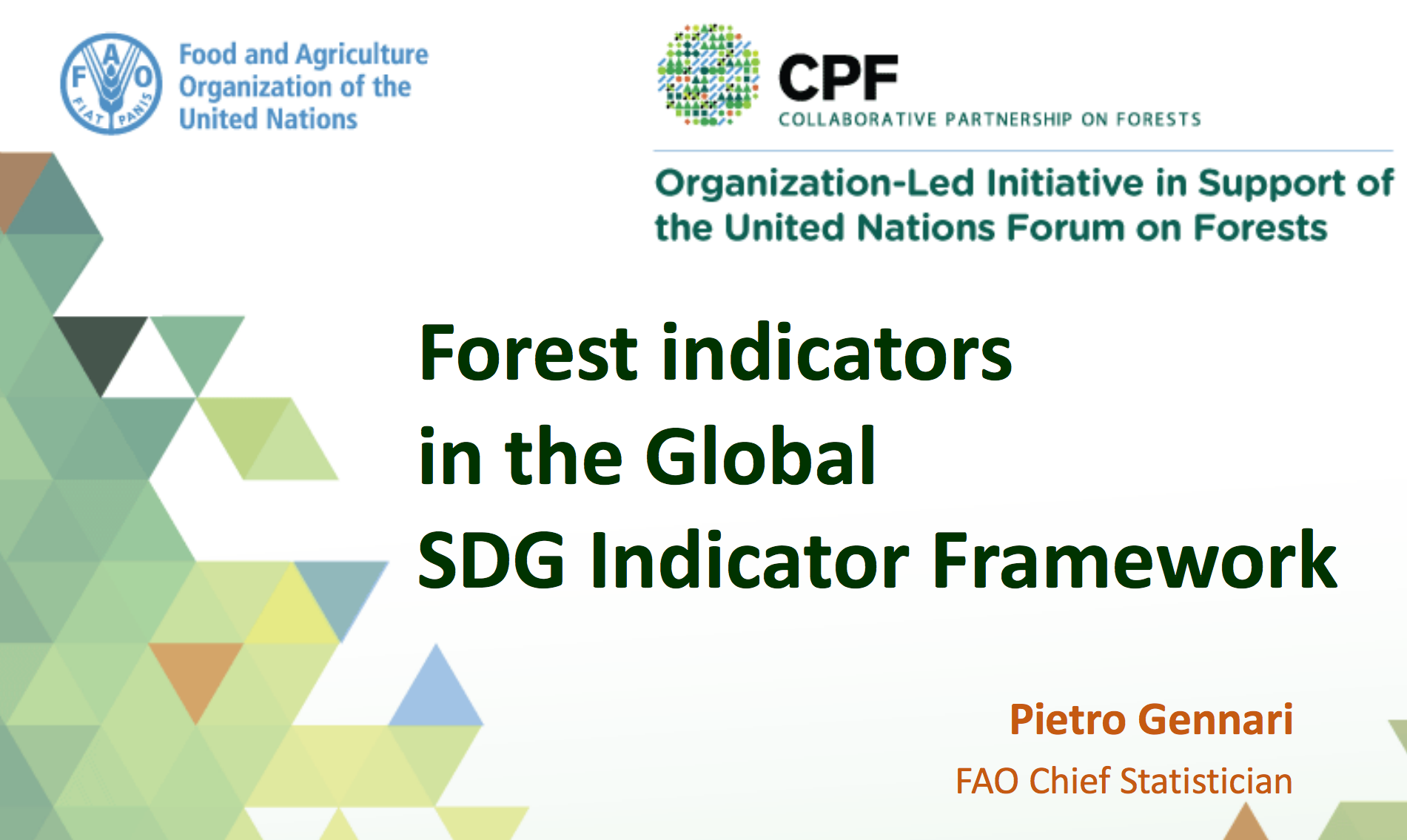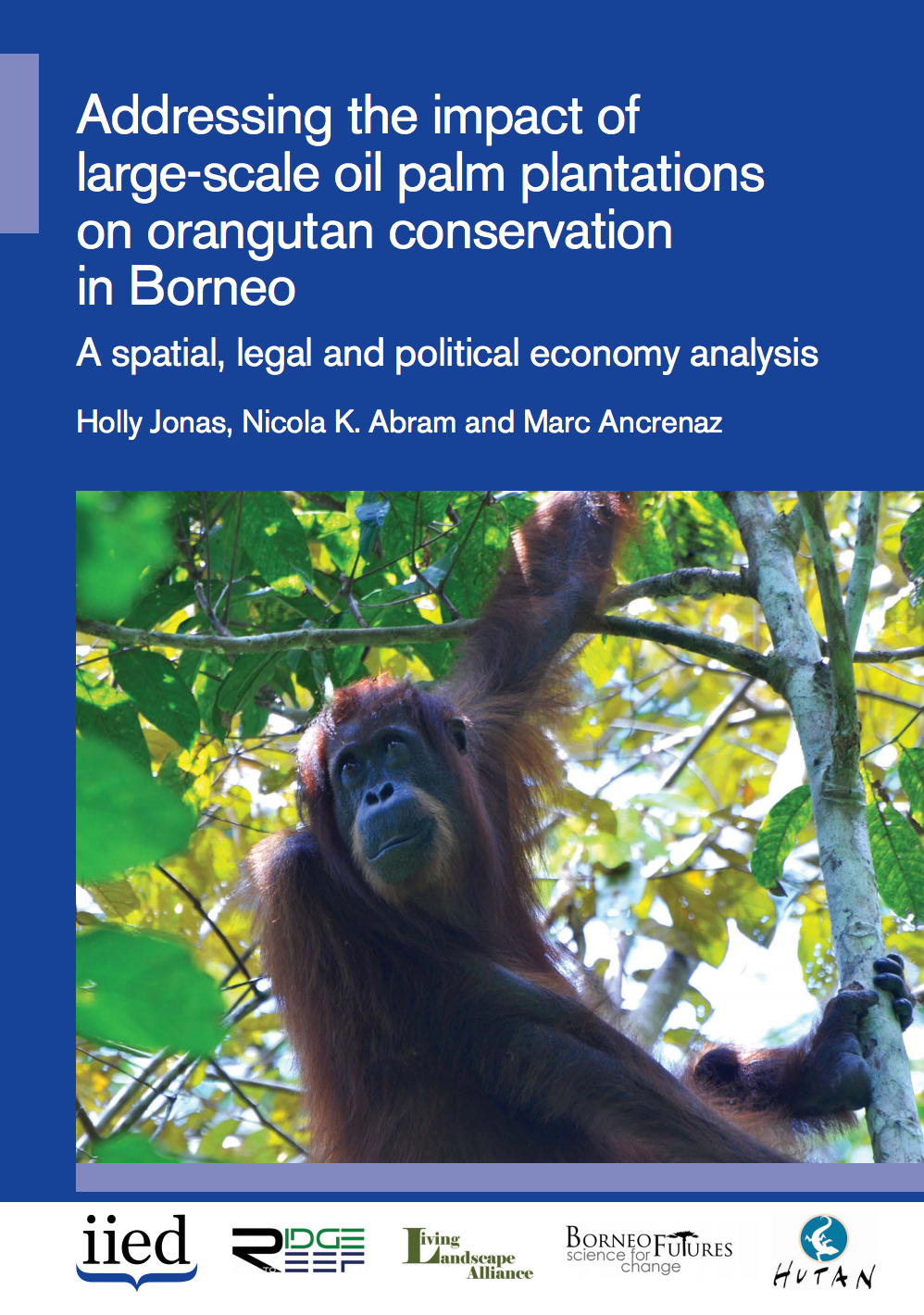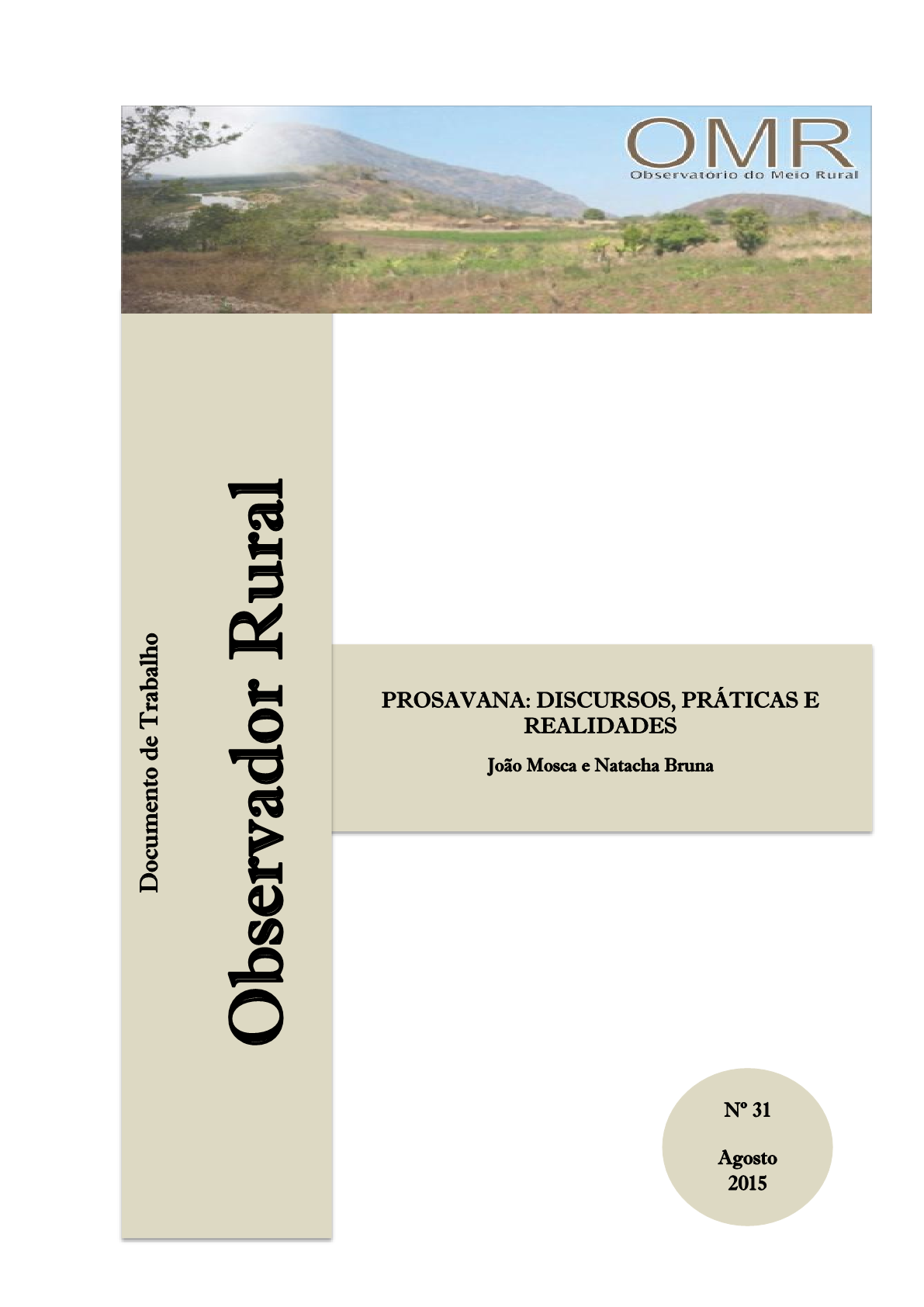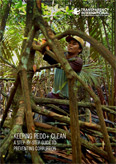Water Scarcity in the Andes: A Comparison of Local Perceptions and Observed Climate, Land Use and Socioeconomic Changes
In the Andean region of South America, understanding communities’ water perceptions is particularly important for water management as many rural communities must decide by themselves if and how they will protect their micro-watersheds and distribute their water. In this study we examine how Water User Associations in the Eastern Andes of Colombia perceive water scarcity and the relationship between this perception and observed climate, land use, and demographic changes. Results demonstrate a complex relationship between perceptions and observed changes.






